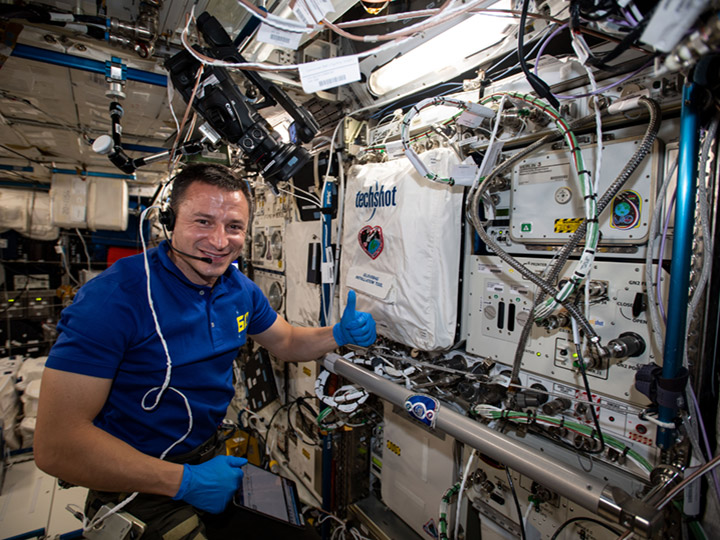

Space
3D printed organs are coming to an International Space Station near you
Two high-tech companies have teamed up to take 3D printing in space to the next level. A new 3D printer, sent to the space station on a SpaceX cargo resupply mission last July, is now officially open for business. It’s goal: to print human tissue in space.
Formally known as the 3D BioFabrication Facility (or BFF), the printer will use adult human cells (like stem cells) as its feedstock. The BFF is just the first step to a much larger goal of printing human organs — such as hearts or lungs — in space.
“The initial phase for BFF, which could last about two years, will involve creating test prints of cardiac-like tissue of increasing thickness,” Techshot representatives said in a statement. (Techshot is collaborating on the project with nScrypt, a 3D bioprinter and electronic printer manufacturer.)
If all goes according to plan, the company would then graduate to printing heart patches in space. Once printed, they would be shipped back to Earth and tested in small animals (such as rats) to see how they do. The next step after that could be entire organs.
“Ultimately, long-term success of BFF could lead to reducing the current shortage of donor organs and eliminate the requirement that someone must first die in order for another person to receive a new heart, other organ or tissue,” Techshot said.
Imagine needing a organ and instead of having to wait on the transplant list for an one that could never come, using a bit of your own DNA, a new organ could be printed for you in space.
Researchers on Earth have celebrated some success with the 3D printing of bones and cartilage, but when it comes to soft tissues, they haven’t had the same luck.
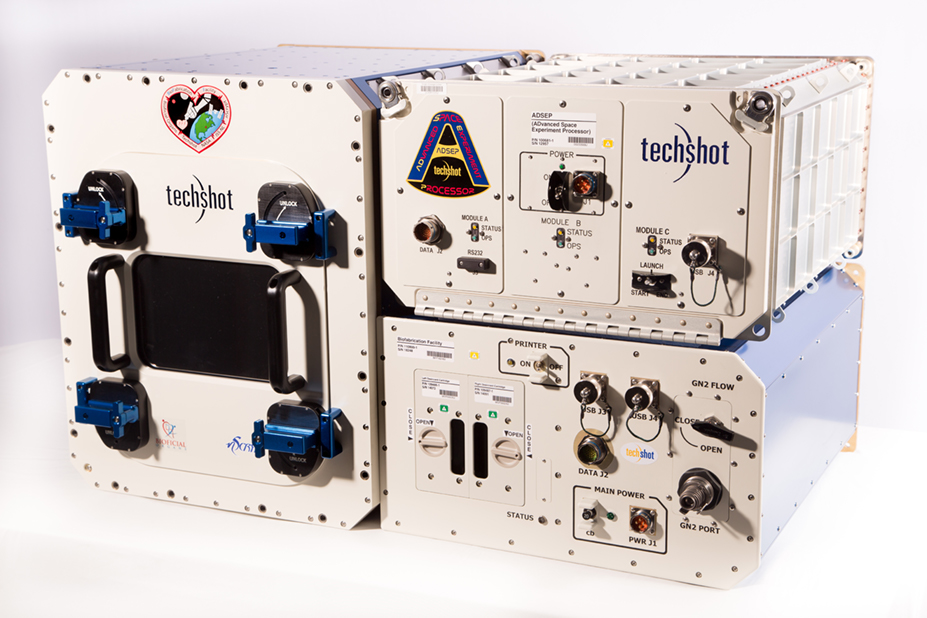
Tissues collapse under their own weight due to gravity. This results in not much more than a puddle of biomaterial. But when these sames components are used in space, they retain their shape.
However, without additional conditioning, once these new tissues return to Earth, they’d collapse just like there terrestrial counterparts. Here’s where BFF comes in.
In addition to launching a bioprinter, Techshot has also developed a means of curing the newly printed tissues. This way they will remain solid even after returning to Earth. The company says that the actual printing process will take less than a day, the strengthening process will take an estimated 12-45 days. It all depends on the tissue.
This could lead to less people dying as they wait on transplant lists, and it could also mean less dependency on anti-rejection medications. Assembling a whole human organ (such as a heart or lung) was once strictly science fiction. While it’s still a few years away, it is now a possibility.

News
SpaceX reportedly mulling IPO, eyeing largest of all time: report
“I do want to try to figure out some way for Tesla shareholders to participate in SpaceX. I’ve been giving a lot of thought to how to give people access to SpaceX stock,” Musk said.
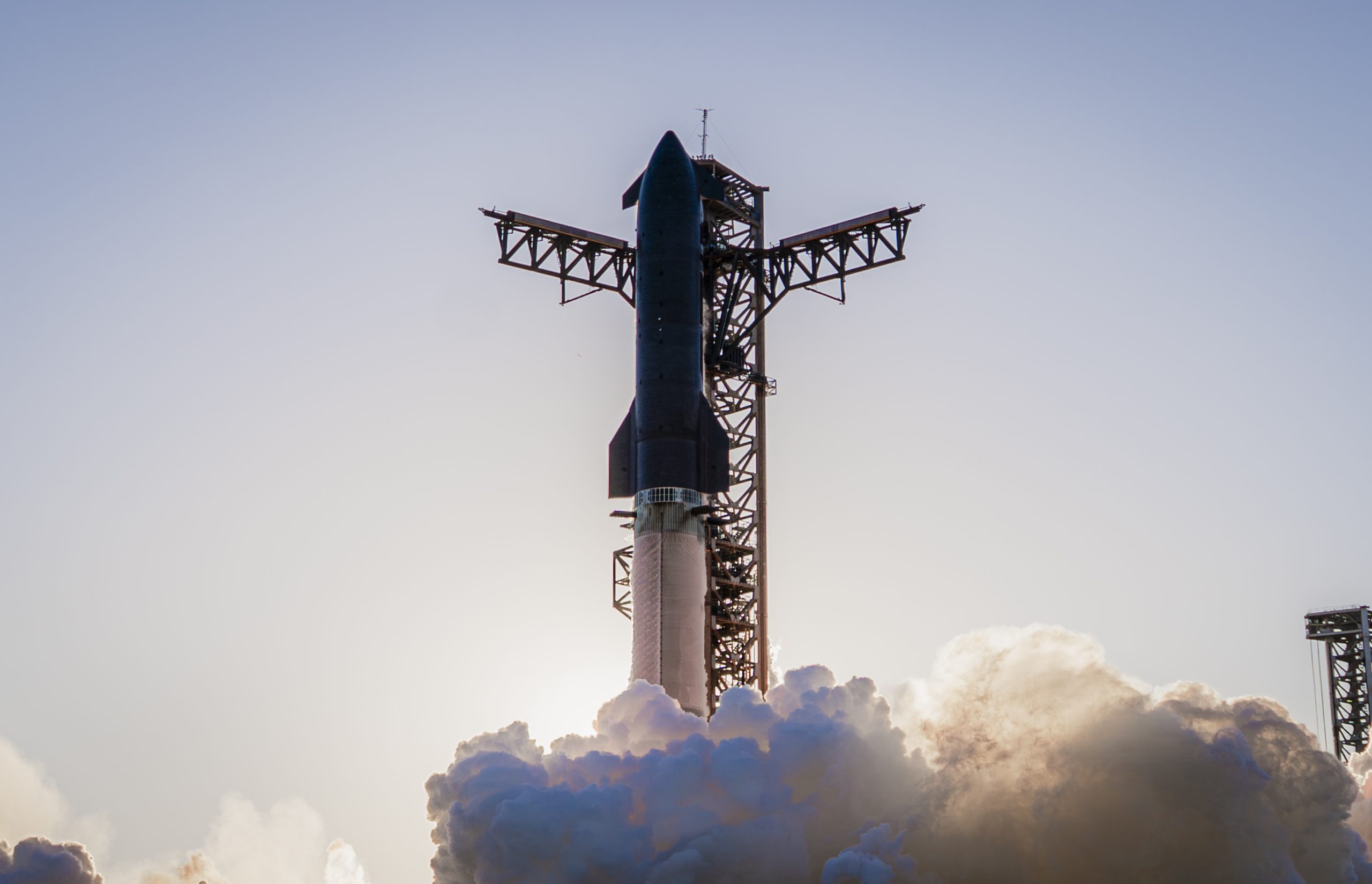
SpaceX is reportedly mulling an initial public offering, eyeing what would be the largest valuation at the time of availability of all time, a new report from Bloomberg said on Tuesday.
It is one of many reports involving one of Elon Musk’s companies and a massive market move, as this is not the first time we have seen reports of an IPO by SpaceX. Musk himself has also dispelled other reports in the past of a similar nature, including an xAI funding round.
SpaceX and Musk have yet to comment on the report. In the past, untrue reports were promptly replied to by the CEO; this has not yet gained any response, which is a good sign in terms of credibility.
However, he said just a few days ago that stories of this nature are inaccurate:
“There has been a lot of press claiming SpaceX is raising money at $800B, which is not accurate. SpaceX has been cash flow positive for many years and does periodic stock buybacks twice a year to provide liquidity for employees and investors. Valuation increments are a function of progress with Starship and Starlink and securing global direct-to-cell spectrum that greatly increases our addressable market. And one other thing that is arguably most significant by far.”
There has been a lot of press claiming @SpaceX is raising money at $800B, which is not accurate.
SpaceX has been cash flow positive for many years and does periodic stock buybacks twice a year to provide liquidity for employees and investors.
Valuation increments are a…
— Elon Musk (@elonmusk) December 6, 2025
Musk has discussed a potential IPO for SpaceX in recent months, as the November 6 shareholder meeting, as he commented on the “downsides” of having a public company, like litigation exposure, quarterly reporting pressures, and other inconveniences.
Nevertheless, Musk has also said he wants there to be a way for Tesla shareholders to get in on the action. At the meeting in early November, he said:
“I do want to try to figure out some way for Tesla shareholders to participate in SpaceX. I’ve been giving a lot of thought to how to give people access to SpaceX stock.”
Additionally, he added:
“Maybe at some point., SpaceX should become a public company despite all the downsides of being public.”
Musk has been historically reluctant to take SpaceX public, at times stating it could become a barrier to colonizing Mars. That does not mean it will not happen.
Bloomberg’s report cites multiple unidentified sources who are familiar with the matter. They indicate to the publication that SpaceX wants to go public in mid-to-late 2026, and it wants to raise $30 billion at a valuation of around $1.5 trillion.
This is not the first time SpaceX has discussed an IPO; we reported on it nine years ago. We hope it is true, as the community has spoken for a long time about having access to SpaceX stock. Legendary investor Ron Baron is one of the lucky few to be a SpaceX investor, and said it, along with Tesla, is a “lifetime investment.”
Tesla bull Ron Baron reveals $100M SpaceX investment, sees 3-5x return on TSLA
The primary driver of SpaceX’s value is Starlink, the company’s satellite internet service. Starlink contributes 60-70 percent of SpaceX’s revenue, meaning it is the primary value engine. Launch services, like Falcon 9 contracts, and the development of Starship, also play supporting roles.
News
SpaceX reaches incredible milestone with Starlink program
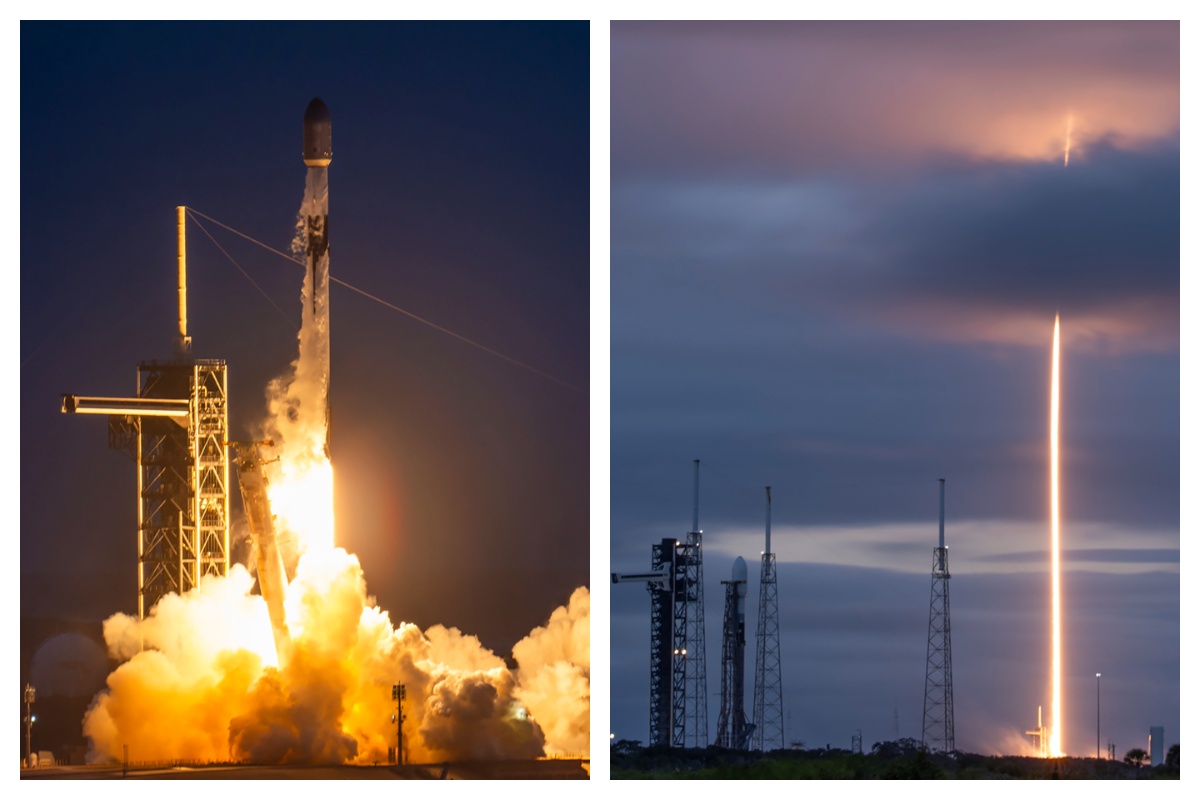
SpaceX reached an incredible milestone with its Starlink program with a launch last night, as the 3,000th satellite of the year was launched into low Earth orbit.
On Monday, SpaceX also achieved its 32nd flight with a single Falcon 9 rocket from NASA’s Kennedy Space Center.
The mission was Starlink 6-92, and it utilized the Falcon 9 B1067 for the 32nd time this year, the most-used Falcon booster. The flight delivered SpaceX’s 3000th Starlink satellite of the year, a massive achievement.
There were 29 Starlink satellites launched and deployed into LEO during this particular mission:
Falcon 9 launches 29 @Starlink satellites from Florida pic.twitter.com/utKrXjHzPN
— SpaceX (@SpaceX) December 9, 2025
SpaceX has a current goal of certifying its Falcon boosters for 40 missions apiece, according to Spaceflight Now.
The flight was the 350th orbital launch from the nearby SLC-40, and the 3,000 satellites that have been successfully launched this year continue to contribute to the company’s goal of having 12,000 satellites contributing to global internet coverage.
There are over five million users of Starlink, the latest data shows.
Following the launch and stage separation, the Falcon 9 booster completed its mission with a perfect landing on the ‘Just Read the Instructions’ droneship.
The mission was the 575th overall Falcon 9 launch, highlighting SpaceX’s operational tempo, which continues to be accelerated. The company averages two missions per week, and underscores CEO Elon Musk’s vision of a multi-planetary future, where reliable connectivity is crucial for remote work, education, and emergency response.
As Starlink expands and works toward that elusive and crucial 12,000 satellite goal, missions like 6-92 pave the way for innovations in telecommunications and enable more internet access to people across the globe.
With regulatory approvals in over 100 countries and millions of current subscribers, SpaceX continues to democratize space, proving that reusability is not just feasible, but it’s also revolutionary.
Cybertruck
Tesla Cybertruck fleet takes over at SpaceX’s Starbase
Interestingly, the Cybertruck uses the same exterior, a stainless steel alloy, as SpaceX rockets. This synergy between the two companies and their very different products shows a very unified mentality between Musk companies.
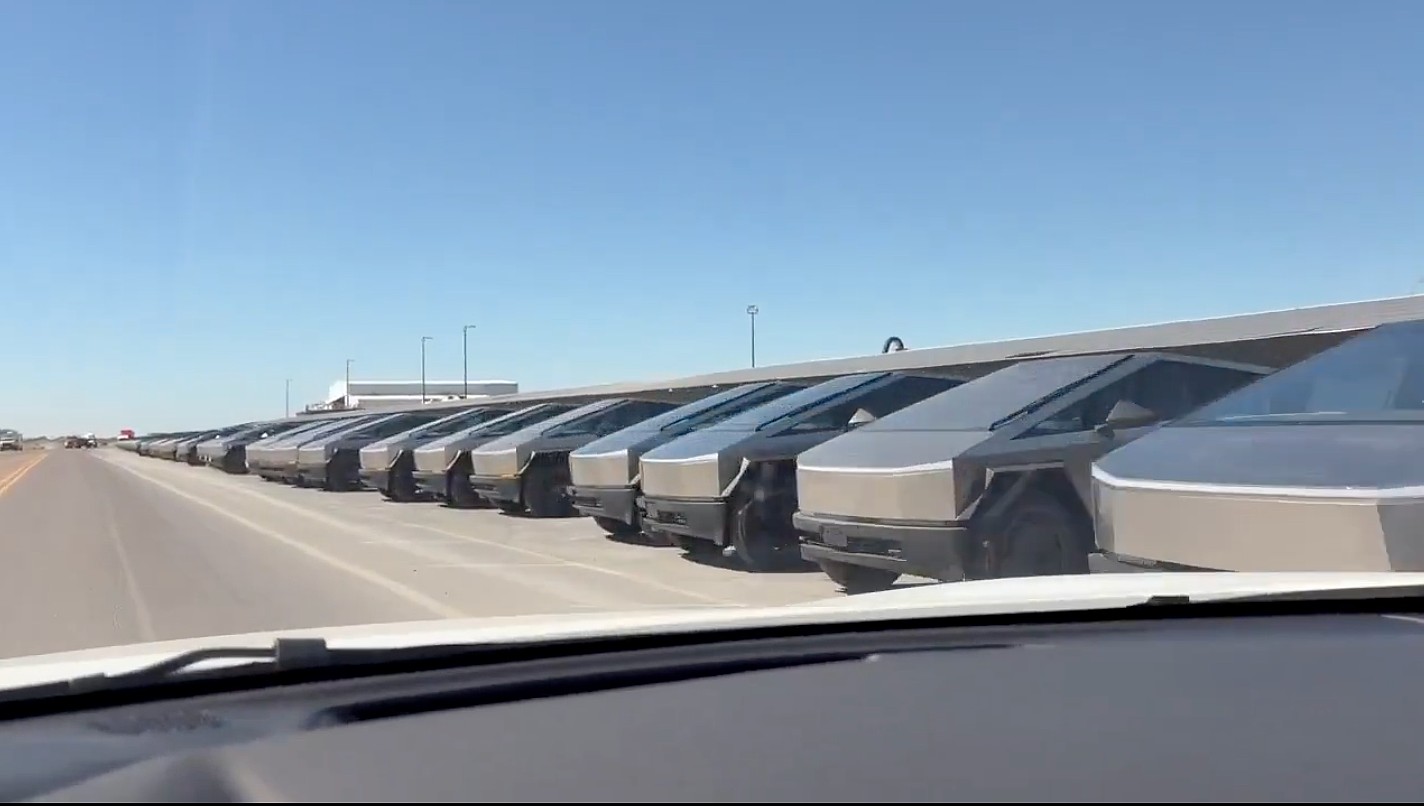
Tesla Cybertrucks have taken over at SpaceX’s Starbase facility in Texas, as hundreds of the all-electric pickup trucks were spotted late last week rounding out a massive fleet of vehicles.
The Cybertruck fleet is geared toward replacing gas vehicles that are used at Starbase for everyday operations. The only surprise about this is that it was not done sooner:
Was just visiting. pic.twitter.com/5Q9wPPaeuH
— Derek Li (@derek1ee) October 31, 2025
Deliveries have been going on for a few weeks, as Cybertrucks have made their way across the state of Texas from Austin to Starbase so they could be included in SpaceX’s fleet of vehicles at the facility.
Interestingly, the Cybertruck uses the same exterior, a stainless steel alloy, as SpaceX rockets. This synergy between the two companies and their very different products shows a very unified mentality between Musk companies.
However, there are some other perspectives to consider as SpaceX is utilizing such a massive fleet of Cybertrucks. Some media outlets (unsurprisingly) are seeing this as a move of weakness by both Tesla and SpaceX, as the aerospace company is, in a sense, “bailing out” lagging sales for the all-electric pickup.
It’s no secret that Tesla has struggled with the Cybertruck this year, and deliveries have been underwhelming in the sense that the company was anticipating between 1 million and 2 million orders for the vehicle before it was widely produced.
A lot of things changed with the Cybertruck between its 2019 unveiling and 2023 initial deliveries, most notably, price.
The price of the Cybertruck swelled significantly and priced out many of those who had pre-ordered it. Some have weighed the option of whether this purchase was a way to get rid of sitting inventory.
However, it seems more logical to consider the fact that SpaceX was likely always going to transition to Teslas for its fleet, especially at Starship, at some point.
It doesn’t seem out of the question that one Musk company would utilize another Musk company’s products, especially considering the Cybertruck has been teased as the vehicle that would be present on Mars.








